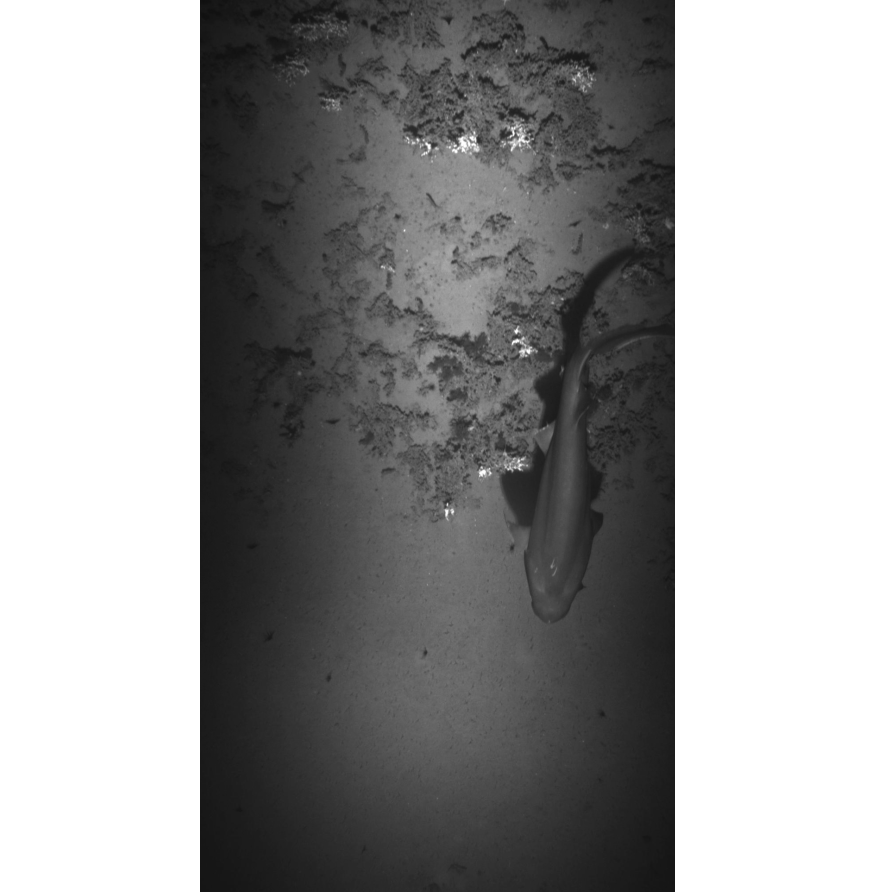An autonomous underwater vehicle (AUV) is a torpedo-shaped robotic vehicle that can perform tasks underwater without direct control from an operator. An AUV typically has the ability to steer and make certain decisions autonomously while underwater. This makes the AUV a powerful tool for exploring ocean depths that are usually inaccessible for scientists. AUVs are also widely used in various industries, from construction to search and rescue.
AUV Barabas of VLIZ is a Gavia from Teledyne that can dive to depths of 1,000 meters. The robot can be launched from a dock, a small RIB or from a large research vessel. It allows for multiple configurations which enable it to do a number of tasks. These inter alia could include:
- The surveying of wrecks and underwater obstacles close to the seafloor in high detail;
- Seabed habitat mapping;
- High-resolution mapping of seabed morphology;
- Investigate and measure the properties of the ocean water column.
Technical details
- Physical dimensions (configuration dependent)
- Length: 1.7 - 4.2 m
- Width: ~0.2 m
- Weight: ~50 - 120 kg
- Operational Parameters
- Depth rating: 1000 m
- Speed: ~5 knots
- Endurance: 4 - 7 h (configuration dependent)
- GRS RTK capable
- Communication
- Wifi
- Benthos acoustic modem
- GAPS capable
- Iridium satellite
- Scientific payload
- Side scan sonar - Klein 3500
- Sub-bottom profiler - Chirp-based Benthos
- ADCP – RDI Pathfinder DVL
- Camera - Grasshopper GRAS-14S3M-C
- Science bay module
- CTD -RBR Legato
- Chlorophyll A, turbidity, organic matter – Wetlabs Ecopuck
- Oxygen sensor – Aanderaa 4831
- PCo2 sensor – Pro Oceanus mini
- Nitrate sensor - Satlantic Suna
- USBL - GAPS transponder
All of this robot's features can be found in the AUV Barabas specification sheet.
